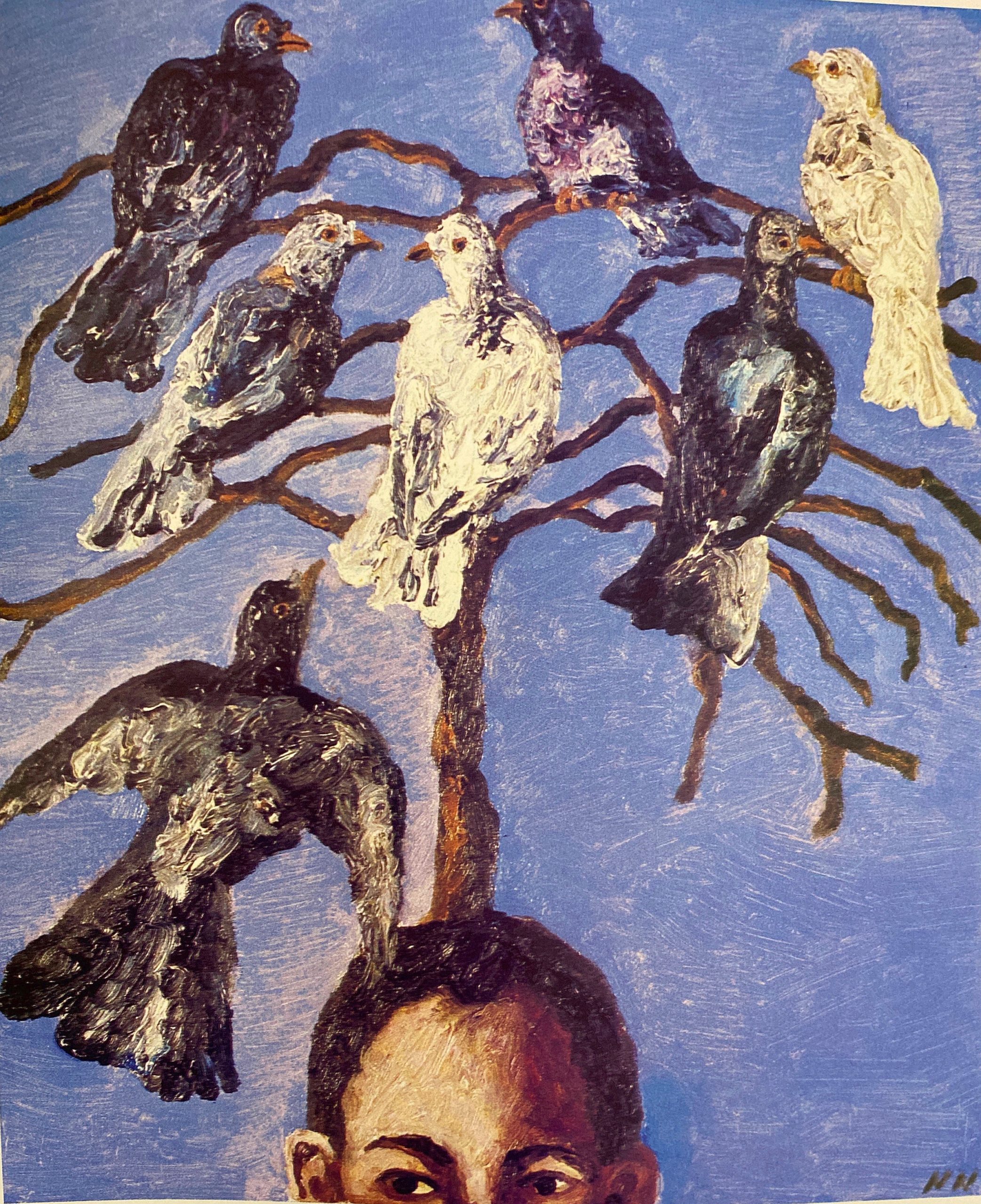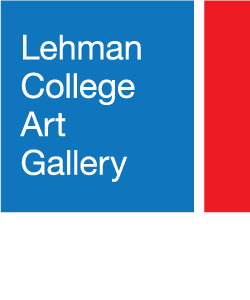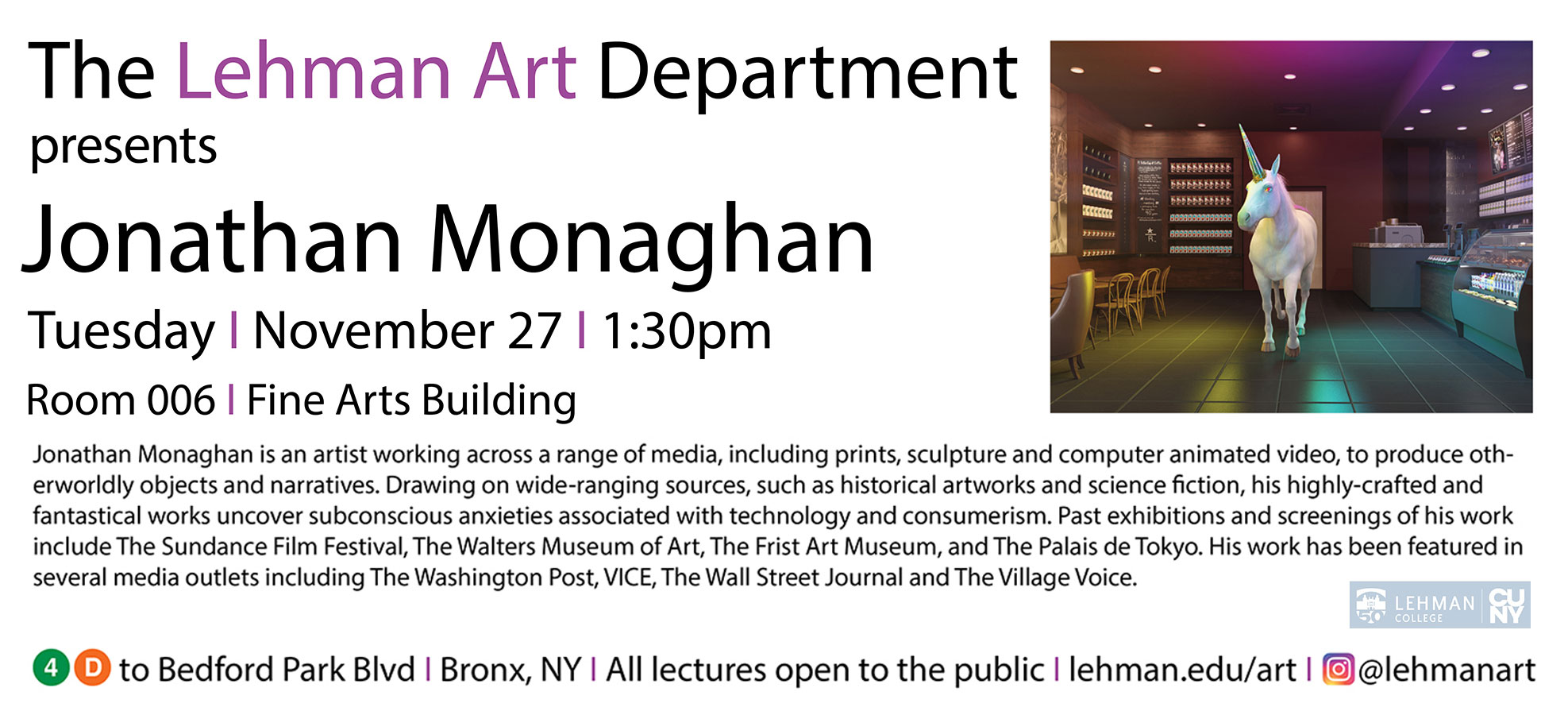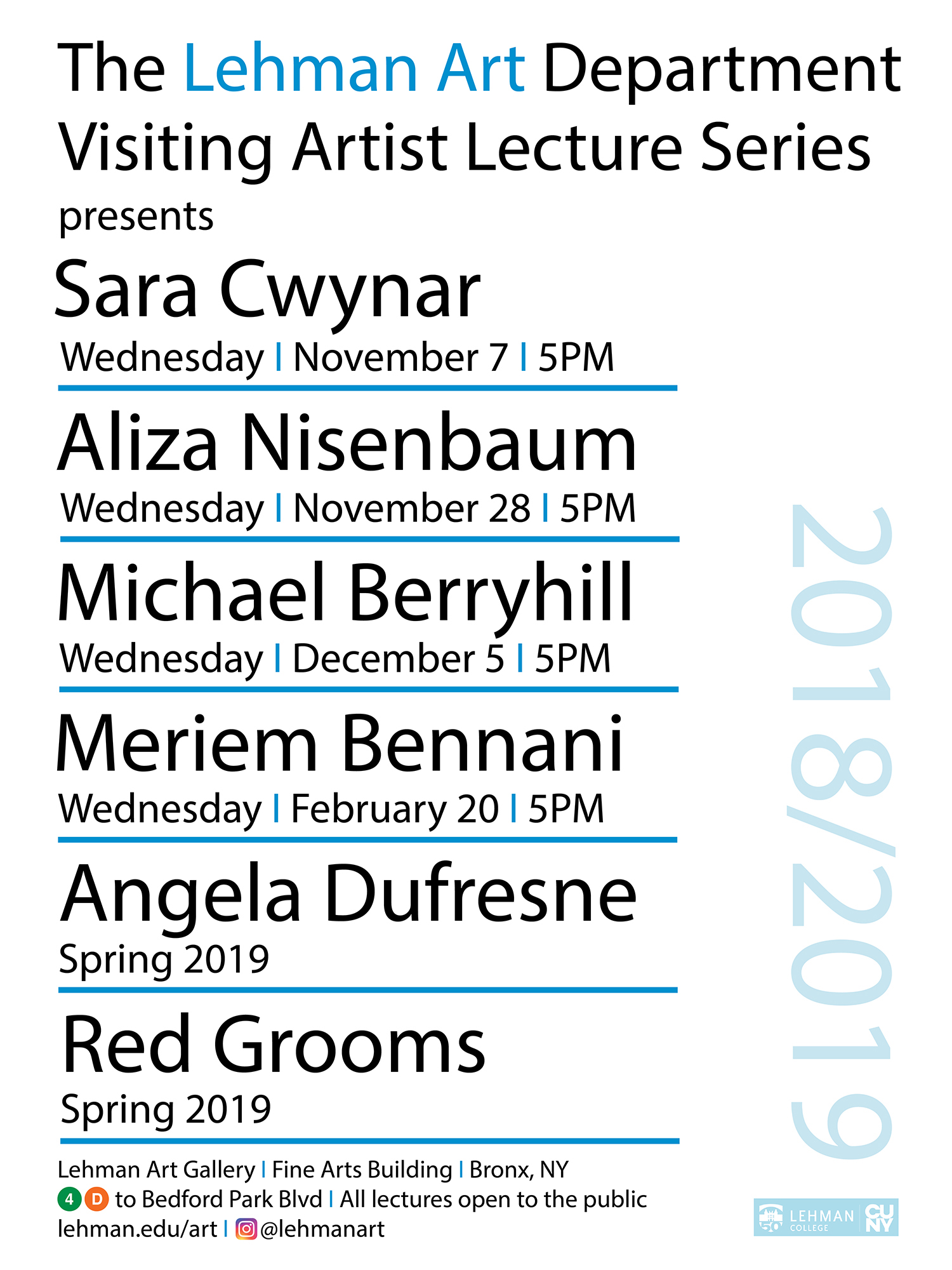Natalya Nesterova: Russian Wanderings
Lehman College Art Gallery presented Natalya Nesterova: Russian Wanderings as part of its on-going series featuring international artists. Nesterova is one of the pre-eminent contemporary artists from Russia and this survey provides an important overview of her work from 1983 to 2000. Nesterova is first and foremost a painter of the people. Her impastoed canvases convey a sense of time and place. They are marked by pervasive mood which is immediately felt. This exhibition also provides an interesting window onto the life of an artists who joined the Artists’ Union in 1969 and has worked throughout her career — during the Soviet period, through perestroika to the present day — as a “state sponsored” artist.
From the beginning Nesterova’s work drew from modernism rather than the “official style” and it is in many ways not what would expect. Her work developed with an awareness of art movements outside the country, and as a member of the Artists’ Union, she traveled widely throughout the country. By the early 80s, she was exhibiting and traveling outside the Soviet Union. While particular artists — Magritte, Rousseau, and Nolde — are among the influences critics have mentioned in relation to Nesterova’s work, surrealism is most often referenced. It is this aspect of her work that can appear to the Western eyes as a metaphor for life during the Soviet era. This type of imagery, however, is also found in the West, where it is attributed to the postmodern condition. In Nesterova’s work perhaps it is both.
Nesterova depicts people in social situations. The isolation of the individual in crowded cafes, streets, or beaches, and the fragmentation of the figure are read as a comment on its psychological state. Figures are often concealed, presented with their backs to the viewer. Disembodied hands reach into the picture plane to eat a meal, feed the birds, or have a manicure. Faces are obscured by a raised forearm or hidden by a bowl of fruit. Other figures are literally wearing masks, which make them seem like actors in a performance rather than people in control of their lives. There is a stillness in all this activity and a sameness about these people. More recent work depicts figures blanketed with eyes — always the subject of observation. Like the act of “people watching,” one projects narratives onto Nesterova’s paintings that are surely as much about the observer as the observed.
Also outside the bounds of what one would expect from state sanctioned artist are the religious themes, Christian and Jewish, that Nesterova has explored over the years. These include Biblical subjects as well as contemporary practitioners. Her themes are from the Bible are also those familiar from the history of art. The imagery is sometimes extremely subtle, like a cookie in the shape of the Star of David. Such subtlety makes one go back and re-examine the work for other hidden symbols. These works are richly layered.
Alexandre Gertsman is organizing the exhibition. His selection of seventy paintings provides an impressive overview of Nesterova’s work. Gertsman and the SAUPRA Foundation have provided an invaluable service in terms of bringing artists from the former Soviet Union — both émigré and those living in Russia — to the attention of the American public.
In conjunction with the exhibition, audience outreach included education programs for public school children, lectures, and poetry readings for the general audience. The show was accompanied by an 130-paged color catalogue with essays y Dr. Alexander Borovsky, Head of the Department of Contemporary Art, The State Russian Museum, St. Petersburg, Susan Tumarkin Goodman, Chief Curator, The Jewish Museum New York, Professor Robert Morgan, Marina Valyaeva, Chairwoman of the Department of Soviet and Contemporary Paintings, The State Tretyako.



